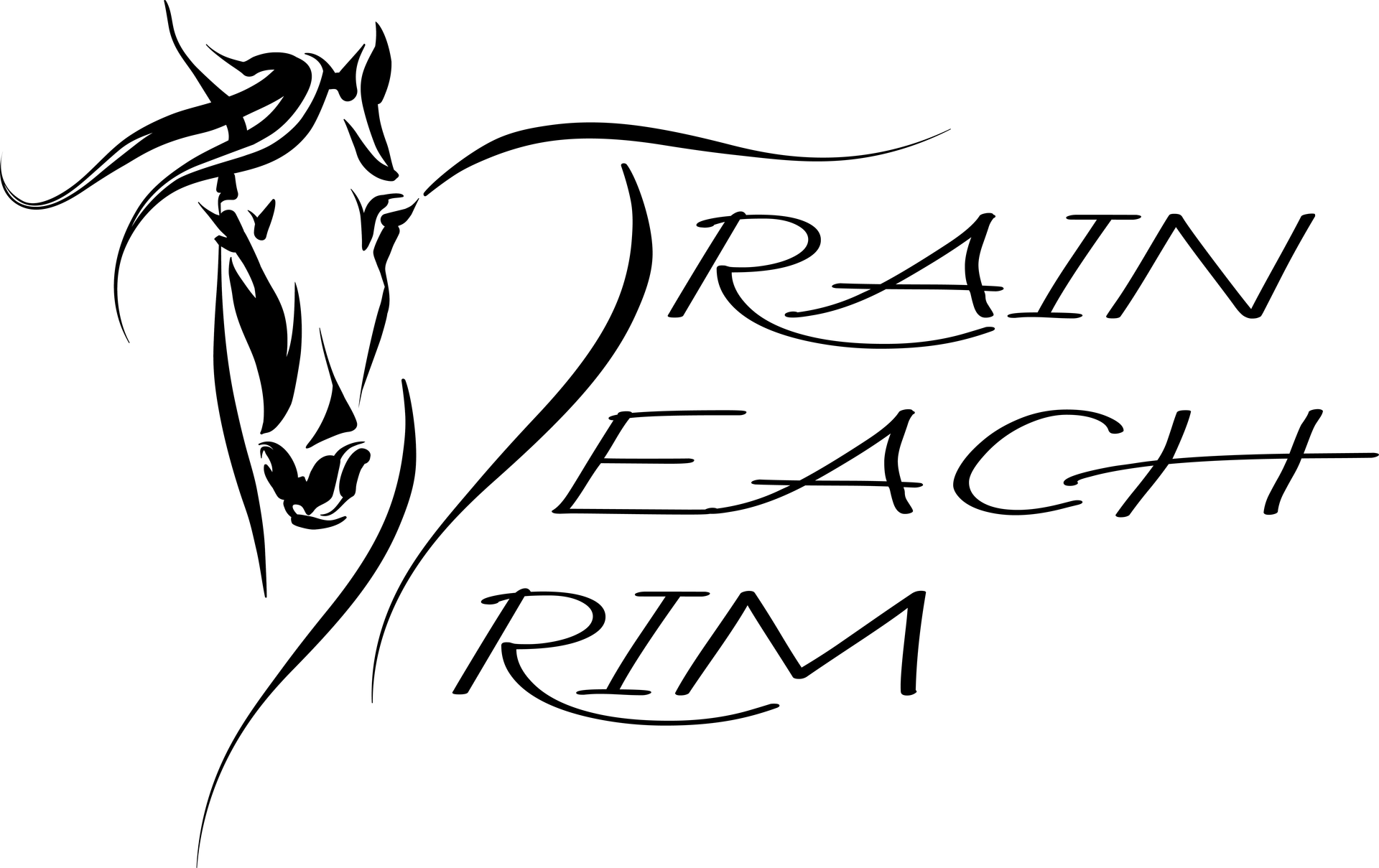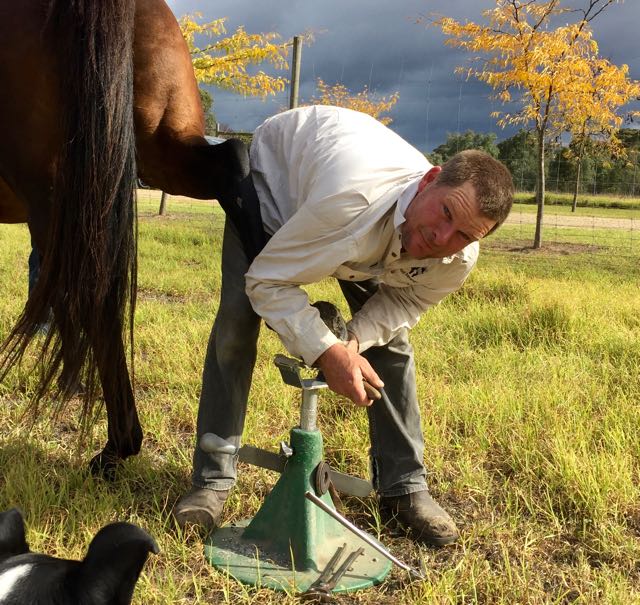Richard and Jenny
Trimmers

“ I believe we need to always question traditions. As times change so do the reasons that we do things. Traditional farriery is all about keeping horses sound by nailing on steel shoes. Modern hoof care required a change of philosophy and has ways to make horses sound without the application of shoes. ” Richard van Dijk
Natural Hoof Care is the care and use of barefooted horses to enable them to remain sound for any discipline. It is a system developed originally from the studies of wild horses, and has advanced into a method that works to keep domestic hooves healthy enough to eliminate the need for shoes. The profession of Natural Hoof Care Practitioner is growing rapidly and many veterinarians are now also barefoot trimmers and barefoot researchers who are sharing their findings and knowledge with hoof care professionals around the world.
Why no shoes?
They can prevent the hoof from expanding and contracting during each stride, restricting blood flow, cause heel contraction, bacterial invasion and significant loss of shock absorption. Shoes prevent natural wear, allowing the hoof to become unbalanced quite quickly and causing unnatural forces on the limbs. Horses were successfully ridden much more than we ride now and for thousands of years before horse shoes were invented. Most horse owners just assume that horses need shoes. The idea is so ingrained that questioning the practice seems like nonsense at first. But horses CAN be sound performance horses without shoes; sometimes it just takes a leap of faith on the owners' part!
Other Factors
Going "Barefoot" is more than just taking the shoes off. Although some horses seem to be sound without shoes no matter what, for most horses there are five Essential elements that need to be implemented to successfully maintain a healthy barefoot performance horse. These are -
1 - Movement
2 - Living Environment
3 - Diet
4 - Trim
5 - Education and commitment (of owner)
In our trimming practice, we provide guidance on these essential elements, relative to your personal situation, to help your horse be the best barefoot horse he can, just as nature intended.
Barefoot Trimming Service
Each horse and each hoof is individual and is assessed as such. From Miniatures to Clydesdales, foals to performance horses, Natural hoof care works for every breed. By following the parameters that the hoof gives us, we always keep aiming towards the healthiest and most functional hoof possible.
We pride ourselves on putting the needs of the horse first during trims. The comfort and relaxation of the horse is necessary for us to trim safely. Sometimes, this might mean we will do a little bit of getting-to-know-you ground work first. During trimming, we will relay to the owner what we’re seeing and what we’re doing.
We have consistently put the barefoot systems to the test in a range of equine disciplines such as Off the Track thoroughbreds, show jumpers, hunters, Arabians, endurance horses, quarter horse types, ponies and working warmblood sport horses with great success.
We can advise and/or treat, hoof pathologies such as laminitis, seedy toe, navicular syndrome, etc.
Jenny is a qualified Australian Hoof Care Practitioner. Richard was trained to trim by Jenny in 2012.
Contact us to ask if we are taking on new trimming clients in your area.
Costs
Trims $60
Heavy horses $80
Laminitis first visit $120
"I would highly recommend Richard! My horses feet have never been better! He is friendly and approachable. He is caring and gentle with the horses. Am so impressed!
Stacey Panozzo




